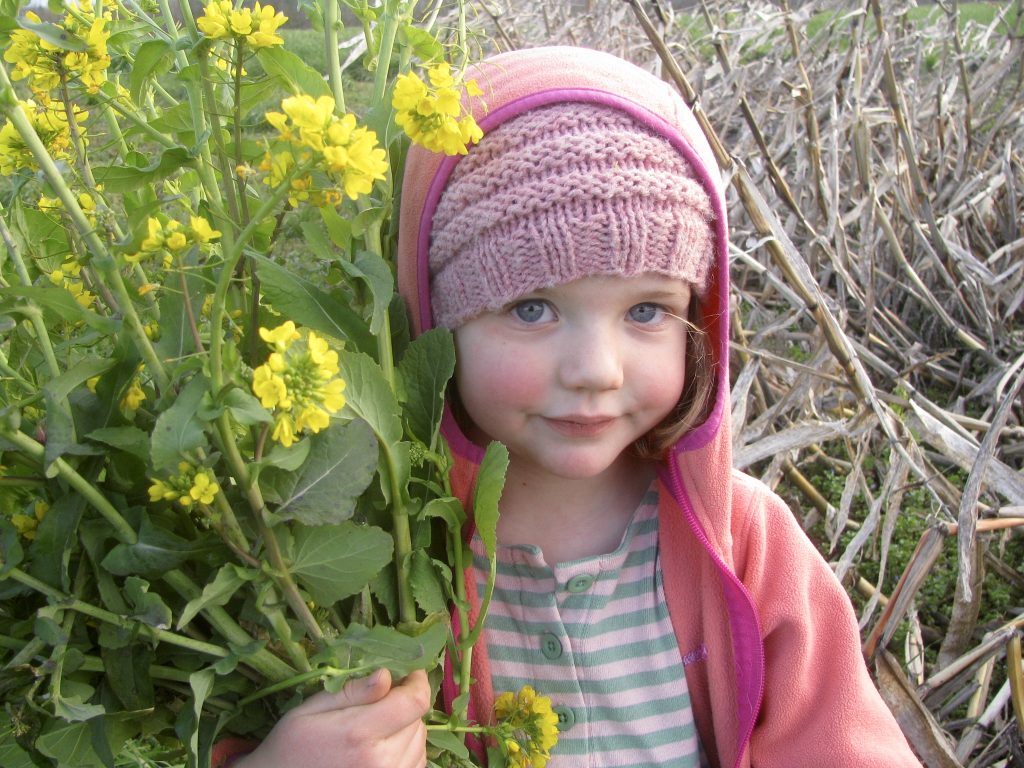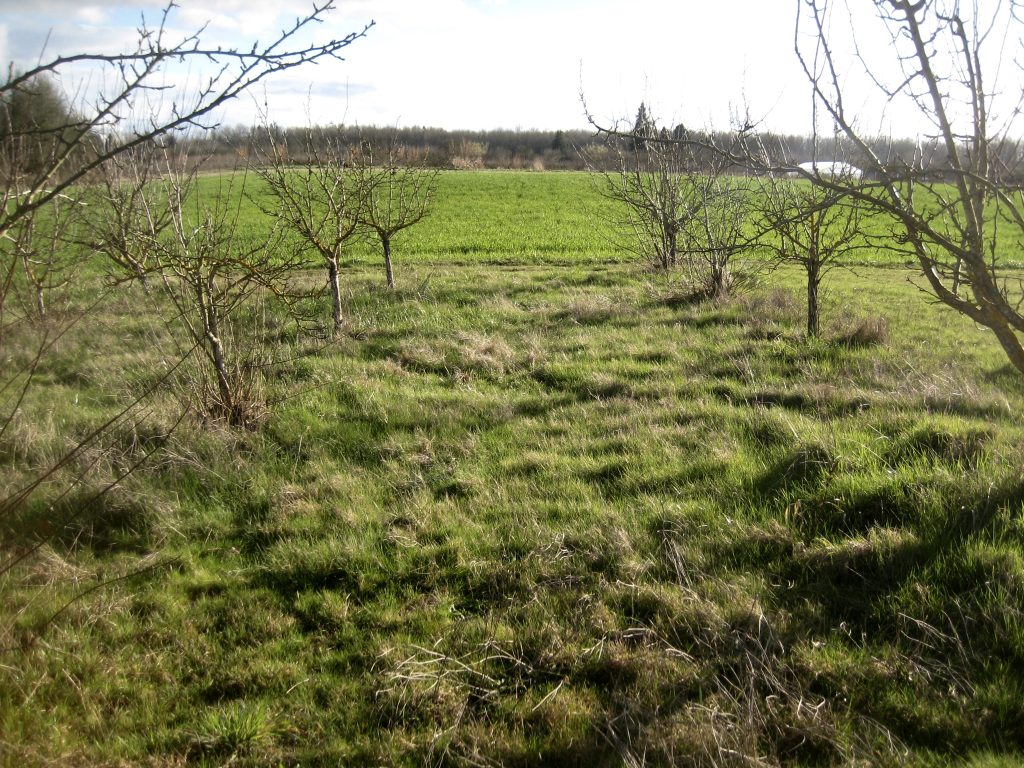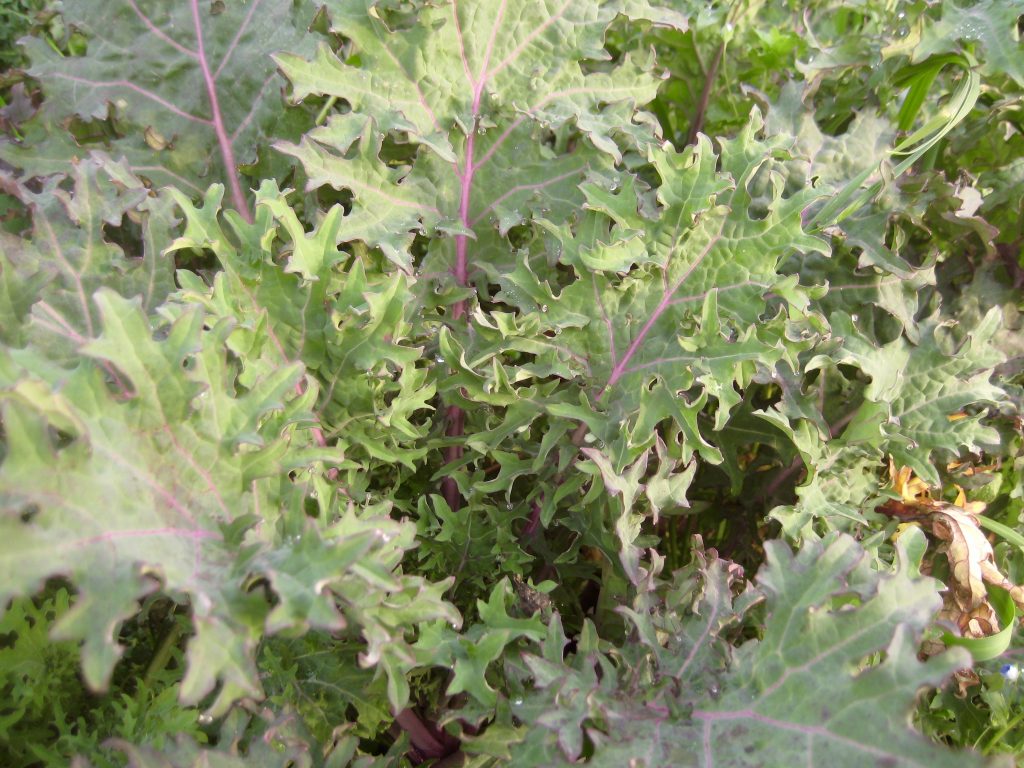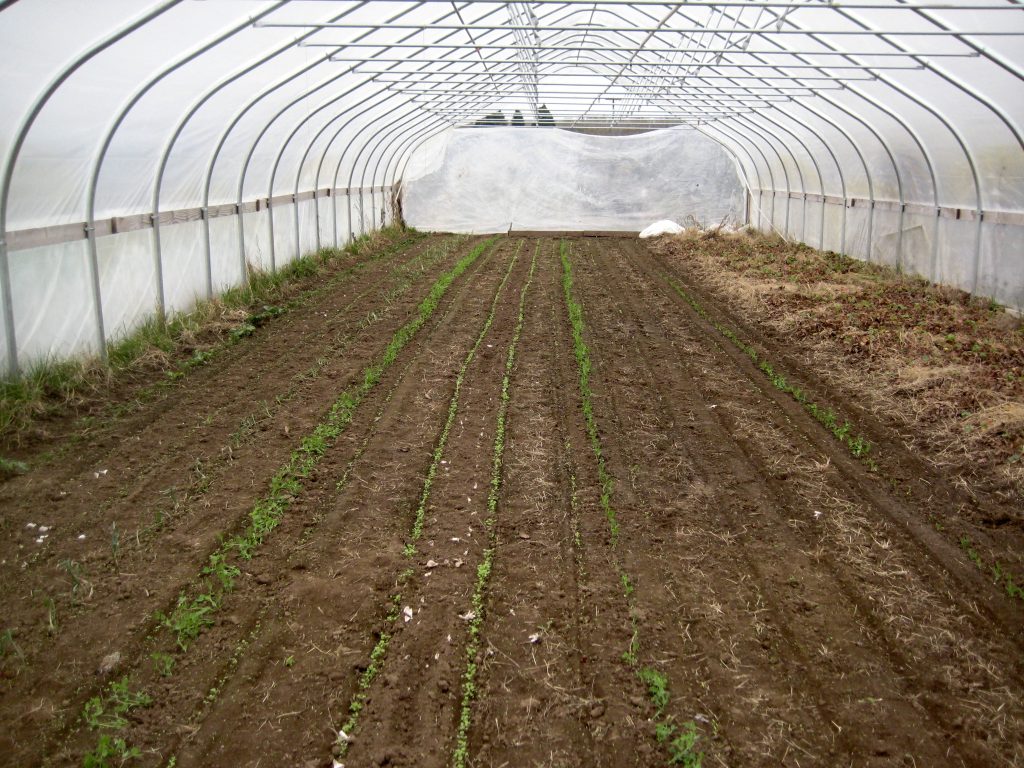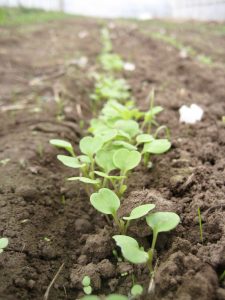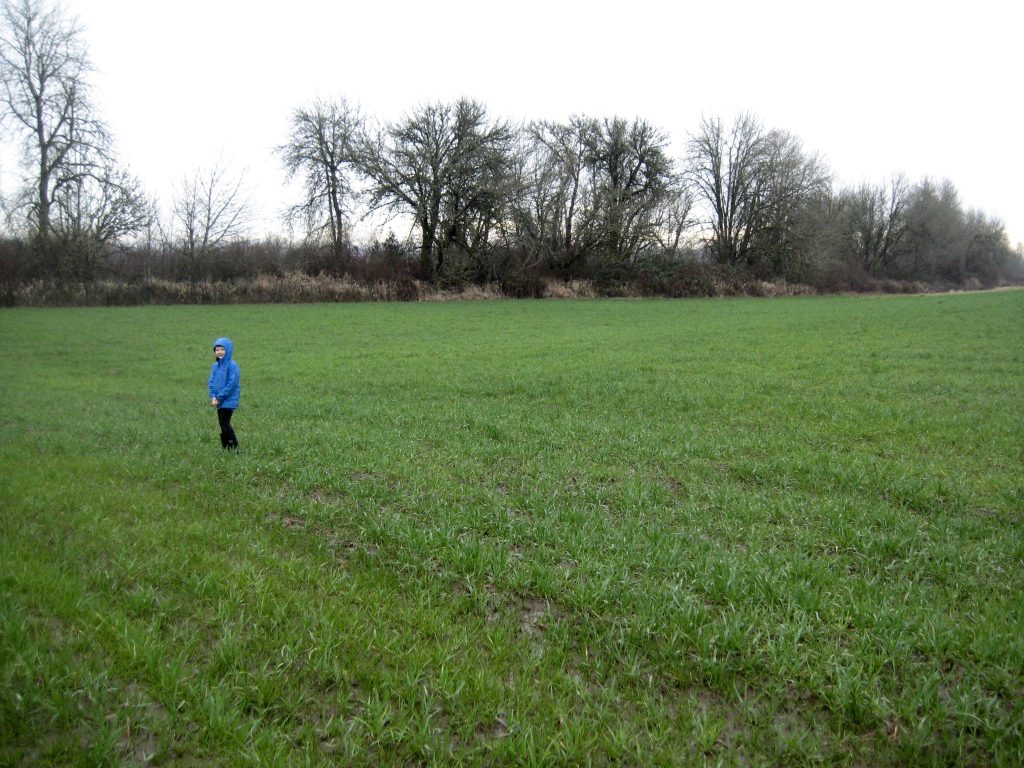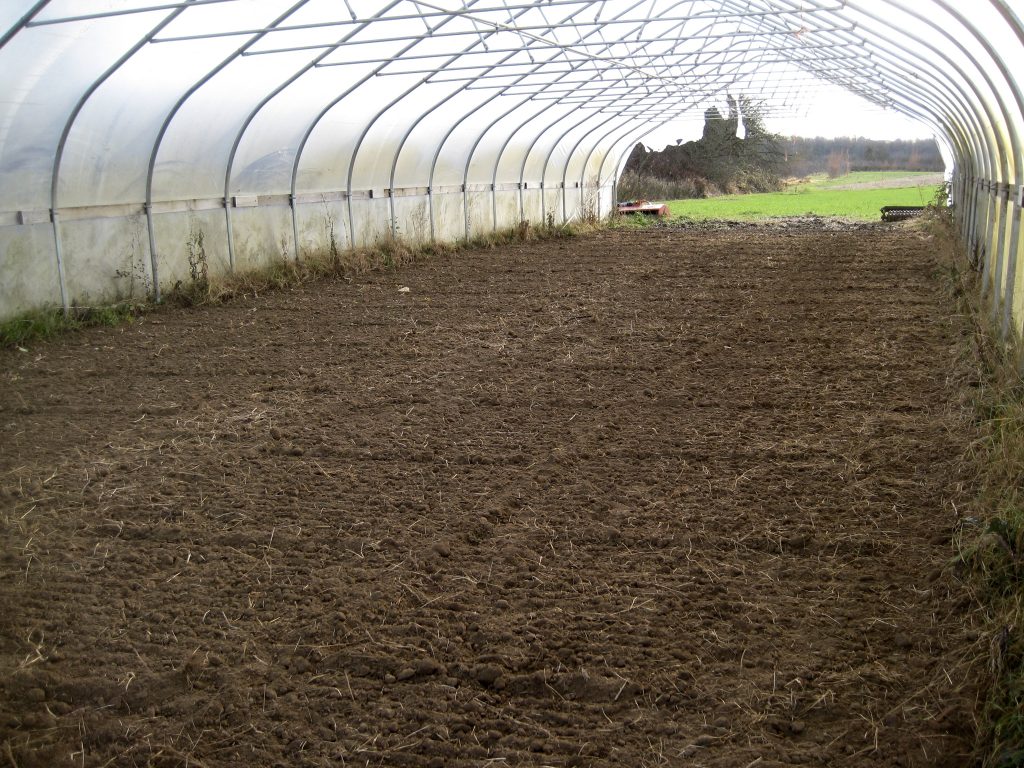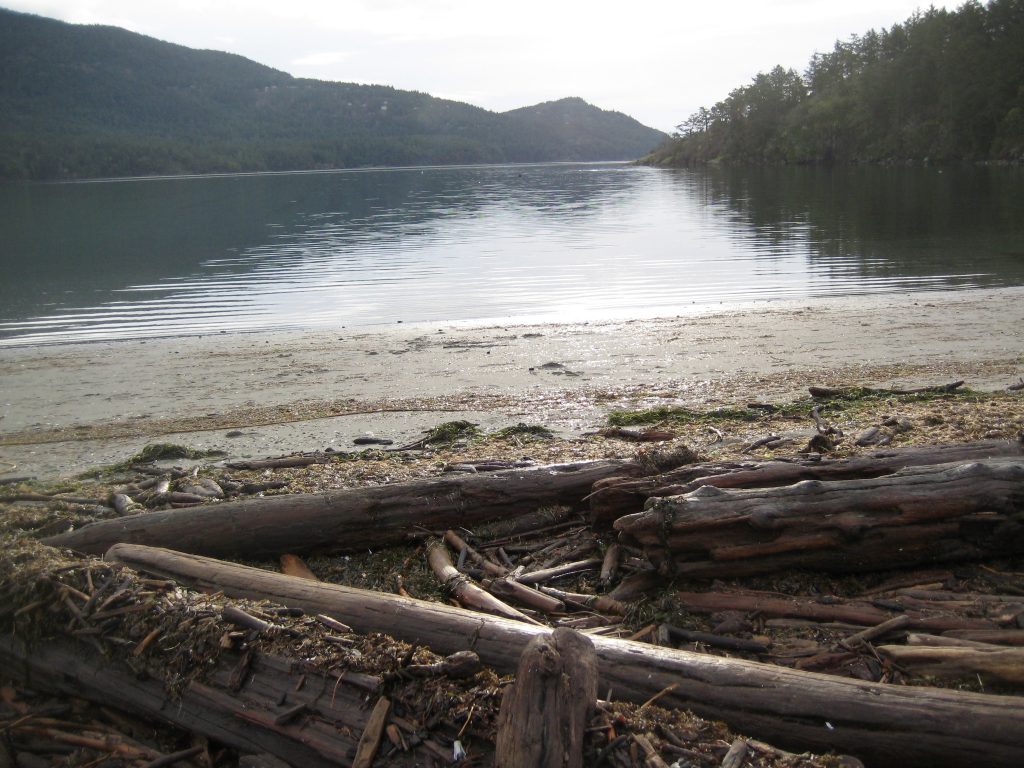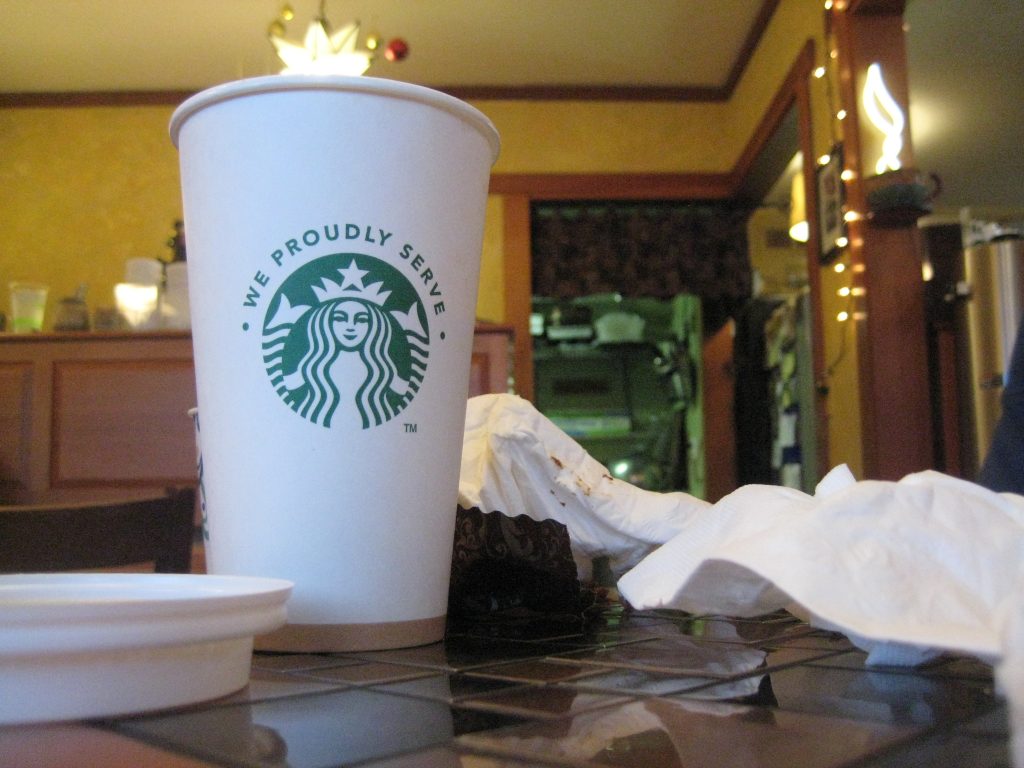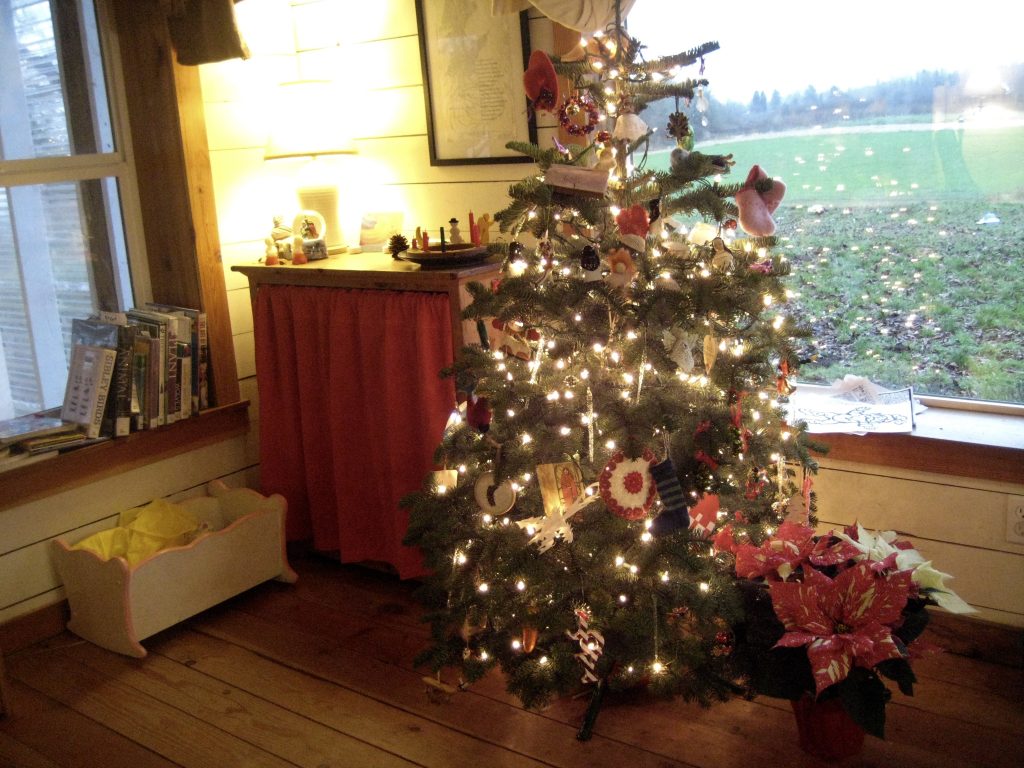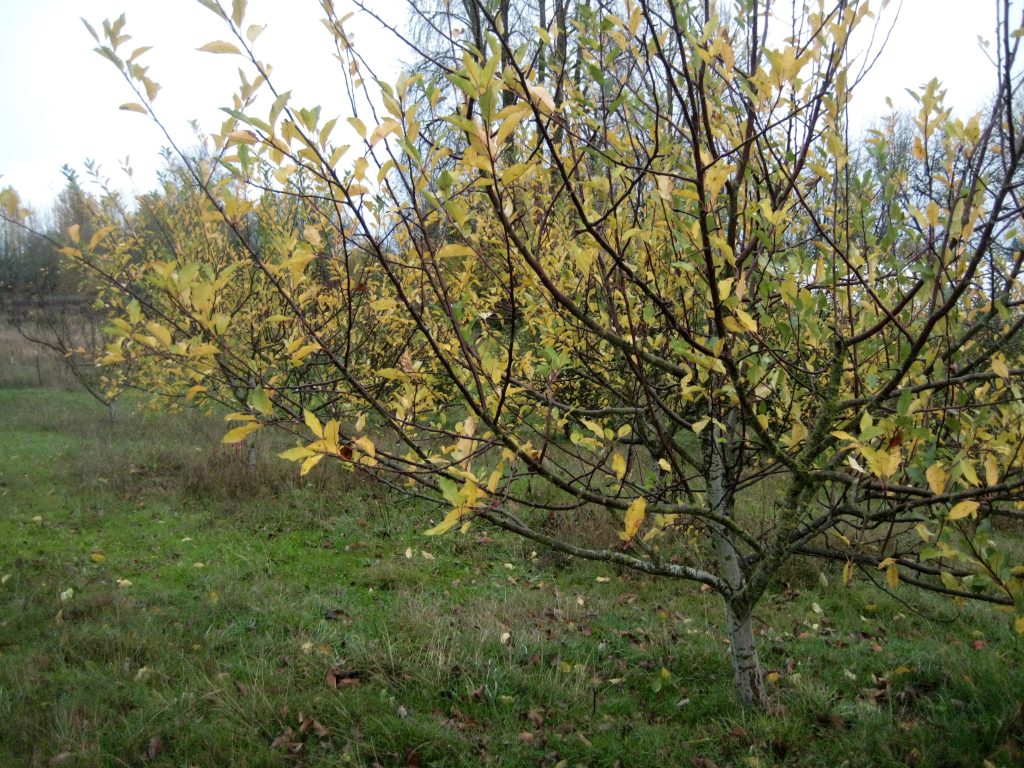
Winter in our farm kitchen — a large squash waiting to be cooked, while kids browse new library books and snack on carrot sticks.
Even though this winter has been relatively mild so far (at least compared to last winter!), it is still winter indeed in so many ways. This coming week, we’re watching for high water here on the island as the rain storms passing through the region will fill the rivers. We’re not sure how high the water will get as of yet, but the prediction graphs show an upward trajectory, and we’re keeping watch and making plans.
High water is part of our normal winter experience here on Grand Island and something that we’ve got long-term systems in place for. Mostly, it’s a matter of not placing important things in the known paths of flood waters!
Another regular part of winter around here is the food. Winter food is different, folks! Delicious! Hearty! Filling! Often quite sweet! But different still, especially compared to the summer vegetable garden foods that many people are most familiar with. For those of you who are still getting into the rhythm of eating seasonally, I thought I’d share some actual meals from our family’s kitchen this week to help inspire you to think simple as you prepare your vegetables.
Big squash
This week, we’re giving out Marina di Chioggia squash in the CSA. It’s a big squash (see photo above), definitely more than one meal’s worth, even for a family of four. We’ve learned over the years that many households just don’t want such a big squash, so we’ll be offering portions of it as an item this week (or a whole squash for multiple items if you want the whole thing!). Casey can help you navigate that choice at pick-up.
So, you might be wondering: why do we grow it anyway? Because it’s delicious! We’ve yet to grow another squash that has the same characteristics in terms of flavor and also long storage (it stores incredibly well through the winter and actually becomes more delicious this time of year after it’s been in storage for a few months).
In our house, we’ve learned how to make best use of this giant squash. It’s actually quite simple! We thoroughly clean the outside (because the skin is edible and we usually eat it too) and then pop the entire squash (minus stem, which can be knocked off) on a jelly roll type baking sheet. (If you only have part of a squash, you can do this too!) We then bake it at 350° until we can easily slide a knife all the way through the flesh so that we know it’s cooked through. Then we let the squash cool a bit on the counter and then put it in our fridge for later.
Once we’ve got this whole cooked squash in our fridge, we eat it regularly. The simplest preparation is to take thick wedge-shaped slices out of the squash, pull out the seeds, and then reheat the slices on a baking sheet or in a cast-iron pan. If you use a seasoned surface and some butter, the squash can be nicely browned on both sides, which is tasty! We put another big pat of butter on top when serving, and salt to taste. It’s a great side-dish to any kind of meal we might be eating. I even sometimes heat up a slice to eat with eggs at breakfast! If we have a Marina in the fridge, we will serve these reheated slices at least once a day.
But, we also like to do at last one other thing with the squash while we have it around, usually to make something sweet and dessert-like. You can pull the flesh easily away from the skin and remove the seeds/pulp, mash up the flesh and use it in place of cooked pumpkin in any of your favorite pumpkin recipes (muffins, breads, souffles, pies, soups, etc.)
A simple soup
This week we were all craving something extra cozy in our diet, so I put two packages of beef soup bones in our crock pot with some water and let them simmer for over 24 hours. Then I prepared an extremely simple soup. I sautéed some garlic in a bit of oil in a small stock pot. Next I peeled and chopped a few carrots and put them in (I made larger pieces so that they wouldn’t turn to mush). Then I chopped a whole cabbage finely and put it in too. Finally, I strained the beef broth I’d made (just by ladled it out through a strainer into the stock pot), and picked the meat off the bones and added it too with a little salt.
I started cooking the soup mid afternoon and then turned the heat off about an hour before dinner so that the flavors could meld without the veggies over-cooking (I think soup is the best after it’s had time to “rest”!). I thought that this soup would be a little boring, even if it was comforting. But it turned out to be simply delicious. The kids, Rusty especially, raved and raved about it. Cabbage! Carrots! Some beef broth! Who knew that it would be such a hit in our house, but I suppose winter foods are well suited to what we crave in this season, especially when the days are dark and rainy.
“Root parade”
Many, many years ago now, Casey and I were first learning about eating seasonally, which mean learning about what foods are actually in season in winter where we were living in Washington at the time. We discovered that there were many colorful roots and such foods that we were less familiar with: beets, potatoes, winter squash, sunchokes, carrots, and more. We went to the local food co-op, bought several of such items at once and lined them up on the conveyor belt at the check-out stand. I looked down at our line of vegetables and declared that it was a “root parade”! The name stuck, and we used it to refer to the mixed roasted root dish we cooked up that evening. And ever since, we’ve called a pan of mixed winter vegetables “root parade.” Now, you can too!
Whether you use the name or not, I highly recommend trying some variation on this dish anyway. It’s such a great way to take a motley collection of winter vegetables and transform them into something seemingly greater than the sum of its parts.
This week I had beets, carrots, potatoes, and butternut squash in the kitchen, but not enough of any one to be the main vegetable for dinner. So I cut them up and made a batch of root parade. When prepping vegetables for roasting together, it’s important to keep in mind that they have different cooking times. The faster cooking items should be cut larger and slower cooking items cut smaller. Faster cooking vegetables are potatoes, carrots, and winter squash. Slower cooking vegetables are beets and sunchokes.
I put my cut veggies in a pan with butter (of course!) and baked them at 375°, stirring regularly to make sure they were coated in butter and cooking evenly. Toward the end, I let them sit a bit longer on one side to get a little crispy. The resulting dish had such vibrant colors and yummy flavors! We love root parade!
Kale +
And, finally, a standard staple in our house that we eat at least every other day: cooked kale, plus … plus whatever! Casey and I eat cooked kale almost every day with eggs for breakfast, but sometimes it becomes our other meals too.
I always start with some butter in a big cast iron pan over medium-high heat (I mentioned last week that we eat a lot of butter — I like to use a BIG chunk when cooking kale). I chop the kale fine (usually removing the thickest bottom part of the stem first) and add the chopped kale to the pan and cover to let it begin to wilt. I stir regularly until the kale is soft and yummy looking. “Done-ness” is a matter of preference. I personally favor mushy, savory/spicy, mixed up foods (when I discovered Indian cuisine as I child, it was a revelation for that very reason!), so I let the kale cook until it is quite soft. But it’s totally okay to eat kale “al dente” too.
Now, for the “plus” part … you can serve the cooked kale as a dish dish. Or, you can add other items to it to make it a main dish. Recently, I stirred in a small amount of leftover chicken meat and then topped it with goat cheese. Ta da — a meal! (Or, if that’s not quite enough for a meal yet, serve it with a reheated slice of squash on the side! Or, dress a winter salad!) For a vegetarian option, tempeh or tofu plus a dash of sesame oil and soy sauce would delightful.
Hopefully these simple ideas will help inspire you in your own kitchen this week. Seasonal eating does not need to be complicated, especially if you focus on basic preparations that can be modified to work for different versions of similar vegetables. Root parade can be applied to what’s in the CSA almost every week this time of year. Cooked kale can be used with other cooking greens instead, such as chard and collards. And so on. Keeping some other basic spices or condiments on hand can help diversify flavors too. I like to always have tumeric and dried chili peppers around, as well as various ferments for condiments. Just remember to use good quality other ingredients to go with your good quality vegetables!
Enjoy this week’s vegetables!
Your farmers, Katie & Casey Kulla
~ ~ ~
Meet this week’s vegetables:
- Apples
- Seasonal salad mix
- Cabbage
- Kale
- Chard
- Pie pumpkins
- Spaghetti squash
- Butternut squash
- Marina di Chioggia squash — The big one in the photo above!
- Carrots
- Beets
- Sunchokes
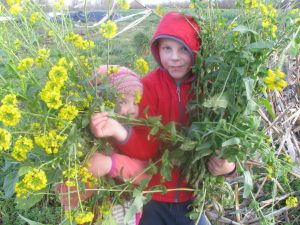 The kids, however, prefer to eat rapini in its native habitat. They are quick to spot the first yellow blossoms of the year and run out with delight to graze in the field. Rusty’s not much of a greens eater in the house at mealtime, but he loves eating raw rapini of all kinds plucked straight off the plant.
The kids, however, prefer to eat rapini in its native habitat. They are quick to spot the first yellow blossoms of the year and run out with delight to graze in the field. Rusty’s not much of a greens eater in the house at mealtime, but he loves eating raw rapini of all kinds plucked straight off the plant.
